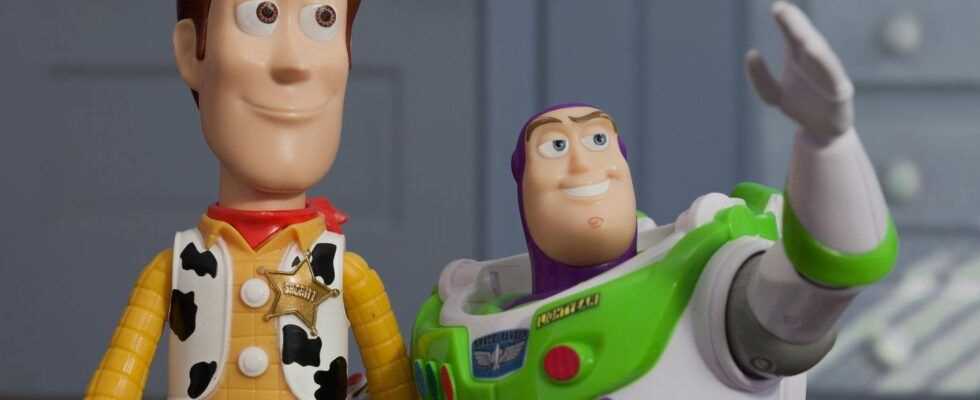Trauma risk
Children are afraid of these movie characters
© Willrow Hood / Shutterstock
Do your children love animated films and series? Then it must have happened before that they were terrified of a certain character. That could be due to this scientific phenomenon.
Some animation characters are just scary. We cannot really describe this uncomfortable feeling in the stomach. When children see a film or a series with these characters, they could be traumatized by their characters. But what does this uncomfortable feeling towards the protagonist do: inside? The phenomenon is called “Uncanny Valley”.
Trauma Risk: The Uncanny Valley Phenomenon
That “Uncanny Valley“Phenomenon was first mentioned in the 1970s by the robot engineer Masahiro Mori. During the construction of the machines, he discovered that the more a robot looked like a human, the more frightening it appeared to people Identifying with the robot decreased, as did confidence in the machine, and the same effect can be applied to animation and CGI characters.
Wait a minute: So it’s not a good thing if the figure looks like us? One could surmise that sympathy increases along with similarity – but this is only the case up to a certain point. Our liking for human likeness increases to a turning point, until it finally plunges into the “Uncanny Valley”: a valley of sinisterness and fear.
Popular examples of this phenomenon are films like “Polar Express”, in which Tom Hanks played the main role as an animation character, or “The Legend of Beowulf” with Angelina Jolie. Both films did not go down well with viewers for the same reason: the imperfect human simulation scared people. If there is a resemblance 70 percent can set in the feeling of discomfort.
This also applied to the character “Fiona” from the popular children’s film “Shrek”: In an original version of the film, she looked much closer to reality. Because children never stopped crying during the screenings before the premiere, the producers had to re-animate the leading actress. Otherwise the film would not have been such a success.
Dear comic and cartoon characters
In order to avoid panic fear, you should make sure when choosing that the main characters look inhuman. It is not for nothing that popular children’s films such as “Ratatouille” or “Toy Story” do not have “real” people playing the leading role. And also in “The Incredibles” and “Above” the protagonists were optically changed so that they look like a caricature of a person.
The reason is that obviously non-human beings such as “Wall-E” or “R2-D2” are not expected to have any human characteristics either. If they do show characteristics such as compassion or humor, we are pleasantly surprised and immediately find the characters likeable. However, when trying to portray a very realistic person, they fall for us differences first on.
Why is he moving strangely? Why does her hair look so fake? We wouldn’t question that with obvious comic characters. It is the same for us with computer games: If you can’t walk a path in Super Mario, that’s okay. In a game that is realistic, we don’t understand that and our trust is broken.
The feeling that is triggered by the “Uncanny Valley” actually serves to protect us. Because we immediately notice the smallest discrepancies in other people – so we have been warned of a robot apocalypse.
This article originally appeared on Eltern.de.

